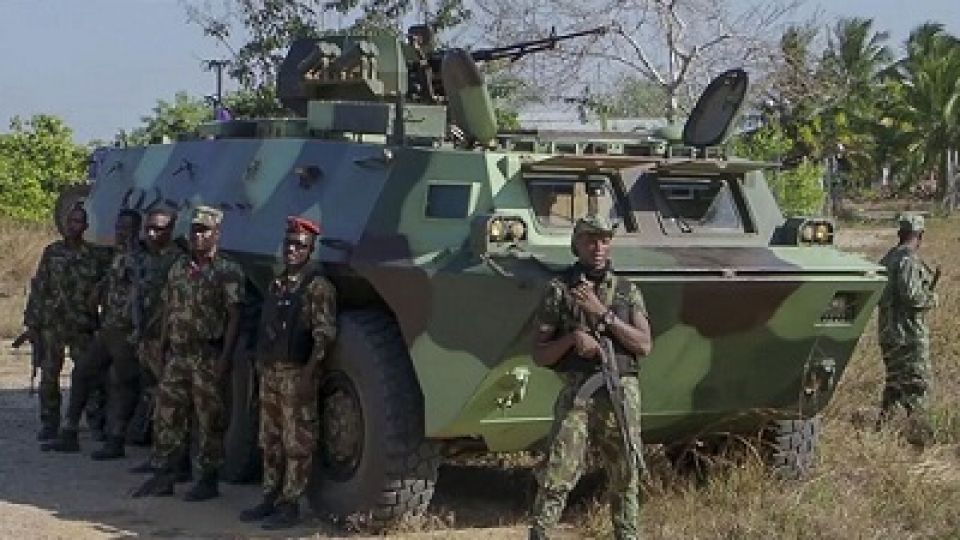from ARMANDO DOMINGOS in Maputo, Mozambique
Mozambique Bureau
MAPUTO, (CAJ News) – INSURGENCY has displaced at least 112 894 people in northern Mozambique since late December.
This figure, presented by the United Nations Office for the Coordination of Humanitarian Affairs (OCHA), represents the second largest concentrated displacement since 2017 when Islamists started a reign of terror in the province of Cabo Delgado.
In December, confrontations between the non-state armed groups (NSAGs) and the Security Defence Forces scaled-up, including violent attacks against civilians. In early March, NSAGs attacked Quirimbas Island,
Overall, of those displaced during the period, children account for 62 percent, women 23 percent and men 15 percent.
The majority are adolescents of school age.
As of 5th March 2024, the International Organization for Migration (IOM) has registered 154 missing children and 182 unaccompanied children.
Some children were able to be reunited with their families through family tracing efforts.
The highest displacement was from Chiure in February, with 91 239 people having fled their homes. The attacks occurred in the middle of the harvest season, leaving farmers to abandon their farmlands and livestock.
OCHA reports that common protection challenges faced by the displaced include family separation, mental distress, lack of civil documentation that would prevent protection risks and enable refugees to access essential services.
Internally displaced people (IDPs) have reported their traumatic experiences and showed signs of distress, some reported witnessing the killing of their close family members, and the destruction of properties.
“Families whose close members were killed, abducted, and drowned are the most traumatized individuals who need immediate mental health support,” said a spokesperson.
Among the most vulnerable are older persons without support, persons with disabilities, persons with chronic medical conditions and pregnant women.
Most face challenges in getting their medications or lost their medical devices during the flight while others were separated from their primary caregivers.
Funding shortfalls prevent a multisectoral response at scale.
“Humanitarian partners are struggling to meet the needs of a rising number of IDPs,” IOM stated.
Meanwhile, Mozambique is experiencing a displacement crisis of another form.
The number of people affected by Tropical Storm Filipo has risen to 48 000.
The National Institute for Disaster Management (INGD) reported that 48 116 people (or 8 533 households) were affected in the provinces of Gaza, Inhambane, Maputo and Sofala.
Two deaths and 25 people injured have been reported.
The most affected area is Maputo city with 25 455 people.
Damage to infrastructure includes 8 000 houses partially/completely damaged, 146 schools (22,442 students) affected along with 51 health centres, 56 electric poles and 19 roads affected.
“These extreme weather events, and the ongoing tropical storm, will likely increase the humanitarian needs in central and southern provinces of Mozambique,” said Antonella d’Aprile, World Food Programme (WFP) Country Director in Mozambique.
– CAJ News

